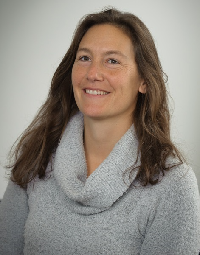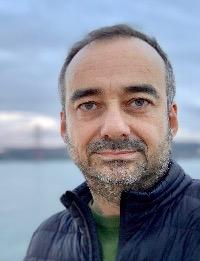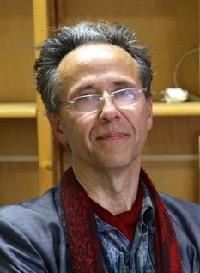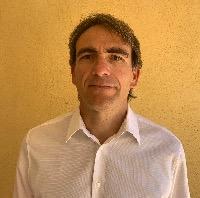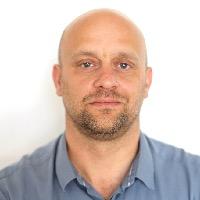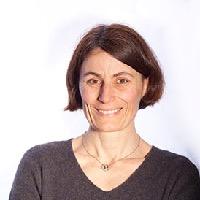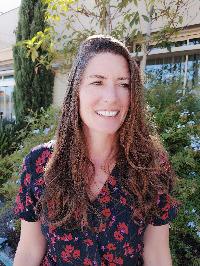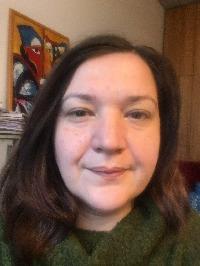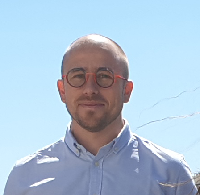One of the most surprising discoveries made by large scale genome projects – and one of their most difficult challenges – has been the abundance of repetitive DNA in eukaryotic genomes. For example, our chromosomes contain nearly 50% of DNA repeats. Remarkably, the vast majority of these sequences results from the activity of transposable elements. These mobile DNA sequences, also known as “jumping genes”, can multiply and/or disperse by cut-and-paste or copy-and-paste mechanisms. Our main objectives are to understand how transposable elements contribute to the plasticity of the human genome and epigenome, and what are their consequences at the molecular, cellular and physiological levels. Our lab combines biochemistry, molecular and cellular biology, genome engineering, genomics and bioinformatics to address these questions.
In humans, the only active and autonomous transposable element family is a group of retrotransposons of the LINE-1 (L1) clade, named L1HS and unique to the human lineage. Thus, we mostly focused our work on this family. Each individual has hundreds of L1HS copies absent from the reference genome (polymorphic L1 insertions), which contribute to our genetic diversity. L1HS is not only able to mobilize in the germline – resulting in inheritable genetic variations, and occasionally in genetic disease – but can also be active in some somatic tissues, such as the brain, in many epithelial cancers, and during normal or pathological aging.
The strength and originality of our research lies in our ability to study transposable elements at the level of individual copies. A central aspect of this work has been the development of ATLAS-seq, a deep-sequencing approach to comprehensively map the position of L1 elements in individual human genomes, as well as variation of this technique to assess the DNA methylation level of each L1 copy genome-wide. More recently, we leveraged nanopore sequencing with ultra-long reads, as well as CRISPR-Cas9 genome and epigenome editing, to study L1-mediated genome and epigenome variations.




